This Sensory-Friendly Tech Helps Me Function as a Neurodivergent Person
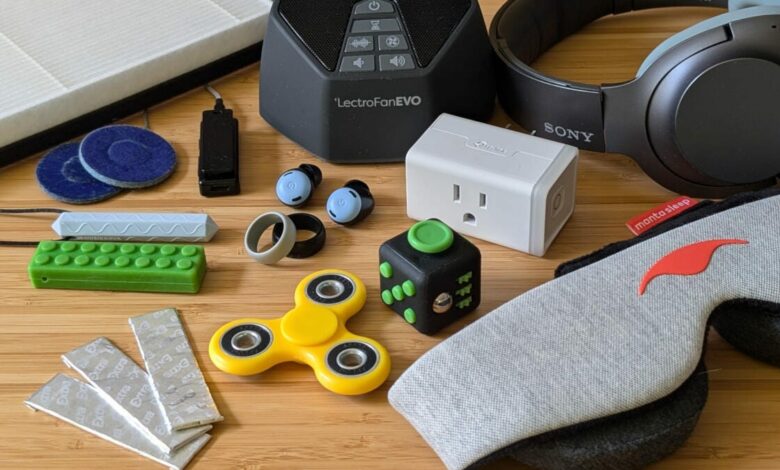

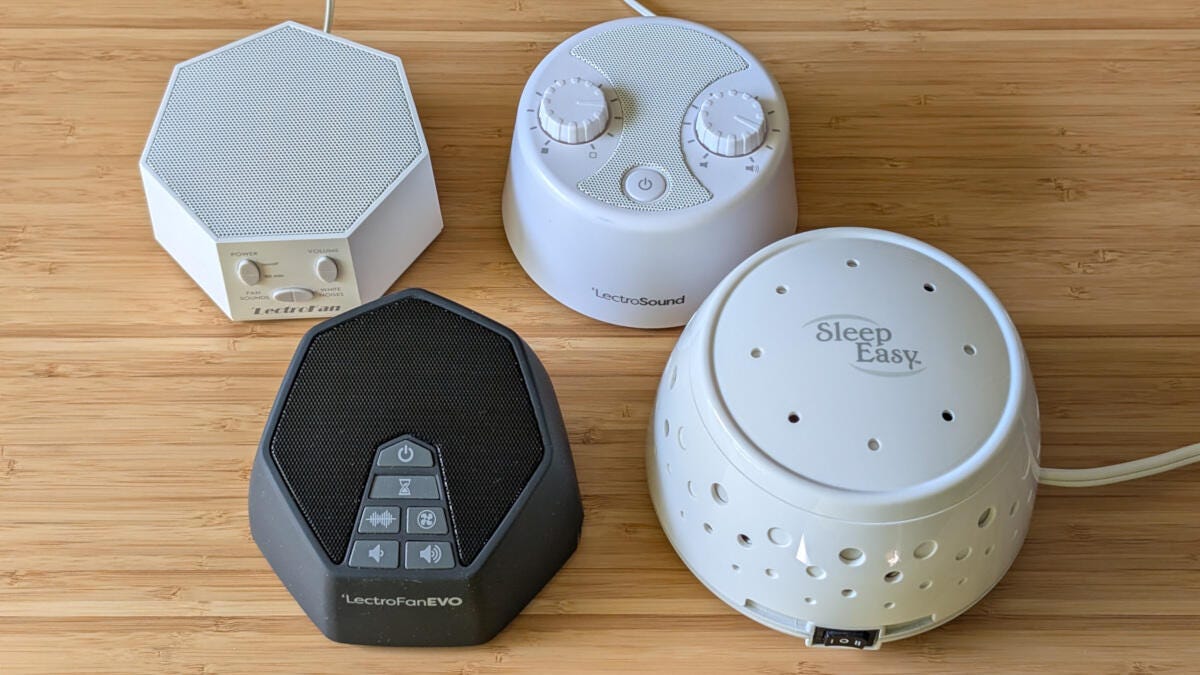
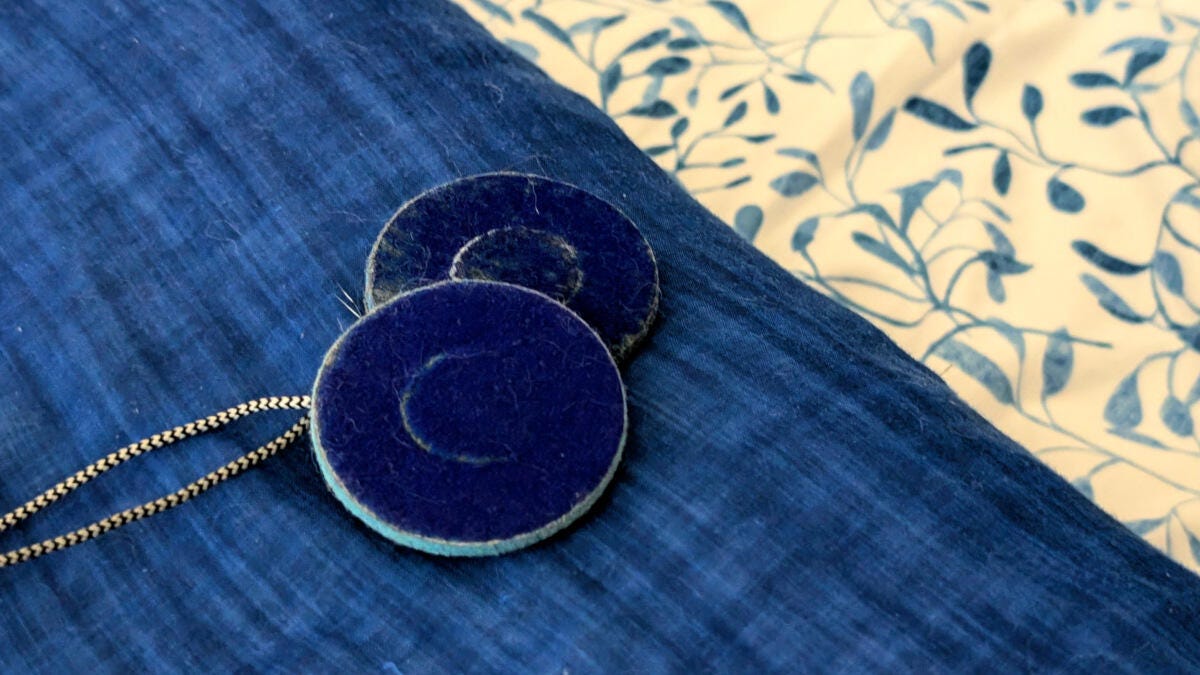
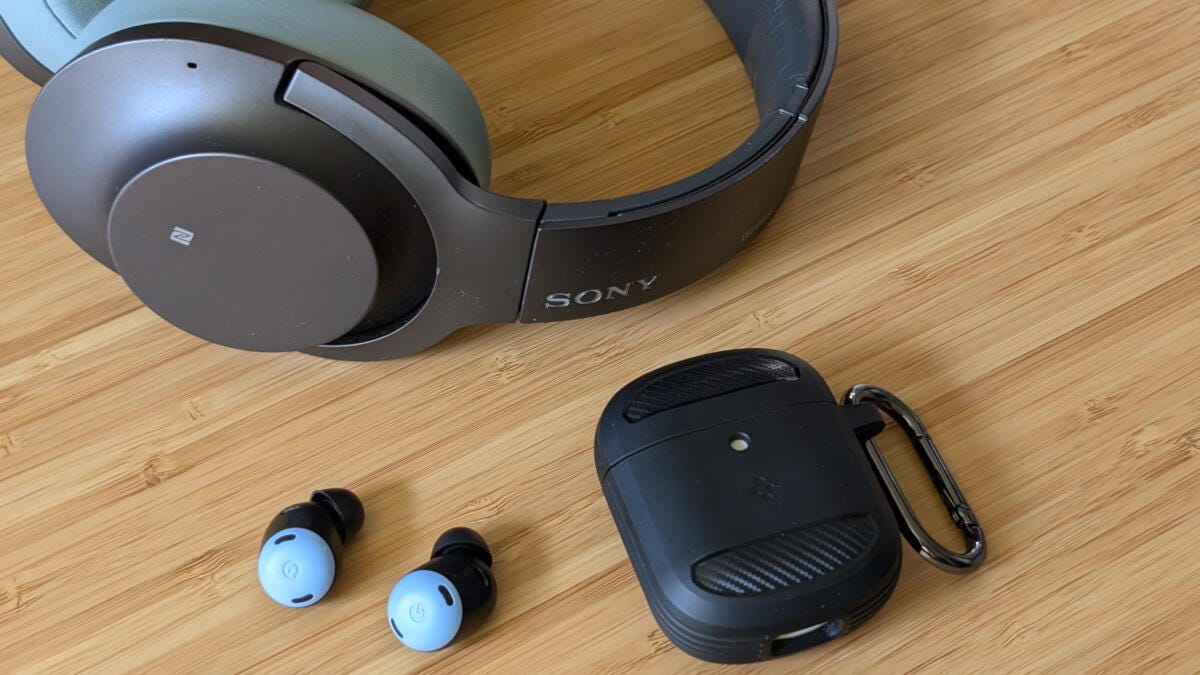
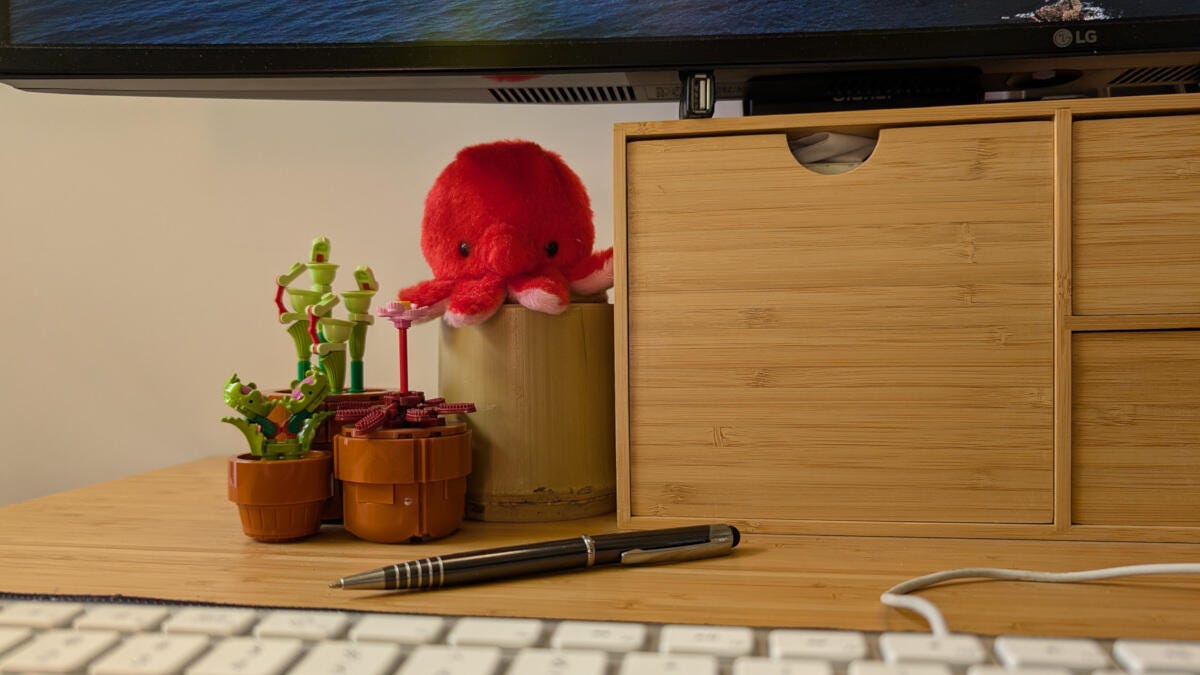

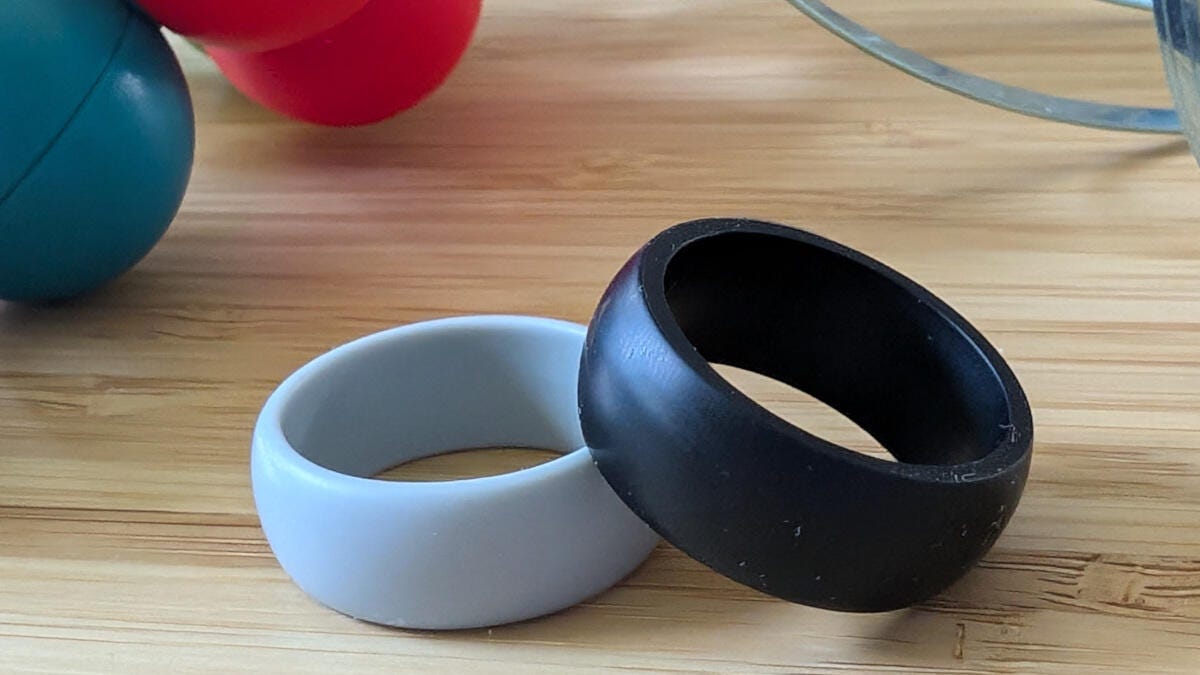
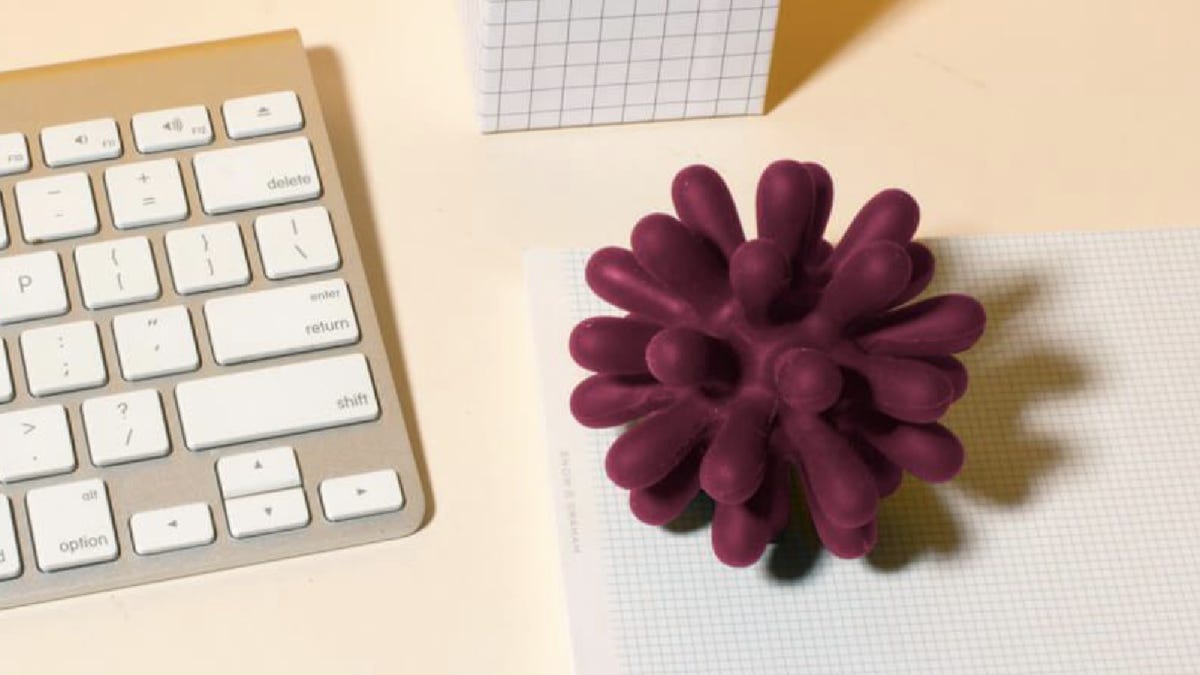
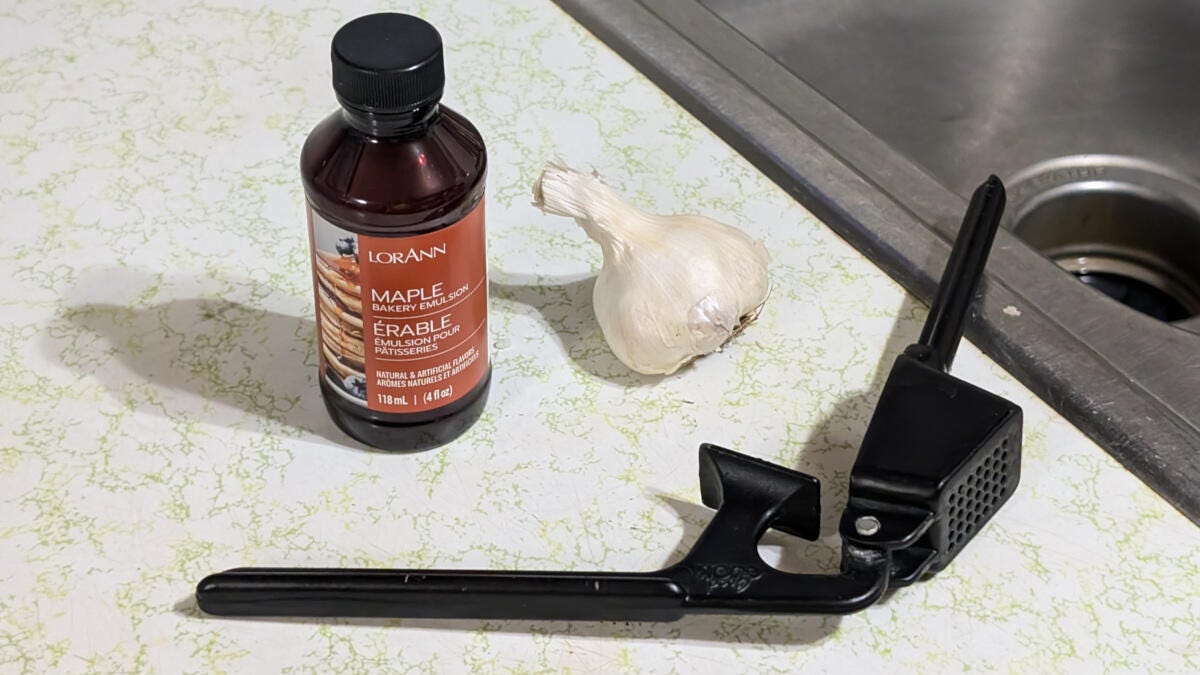
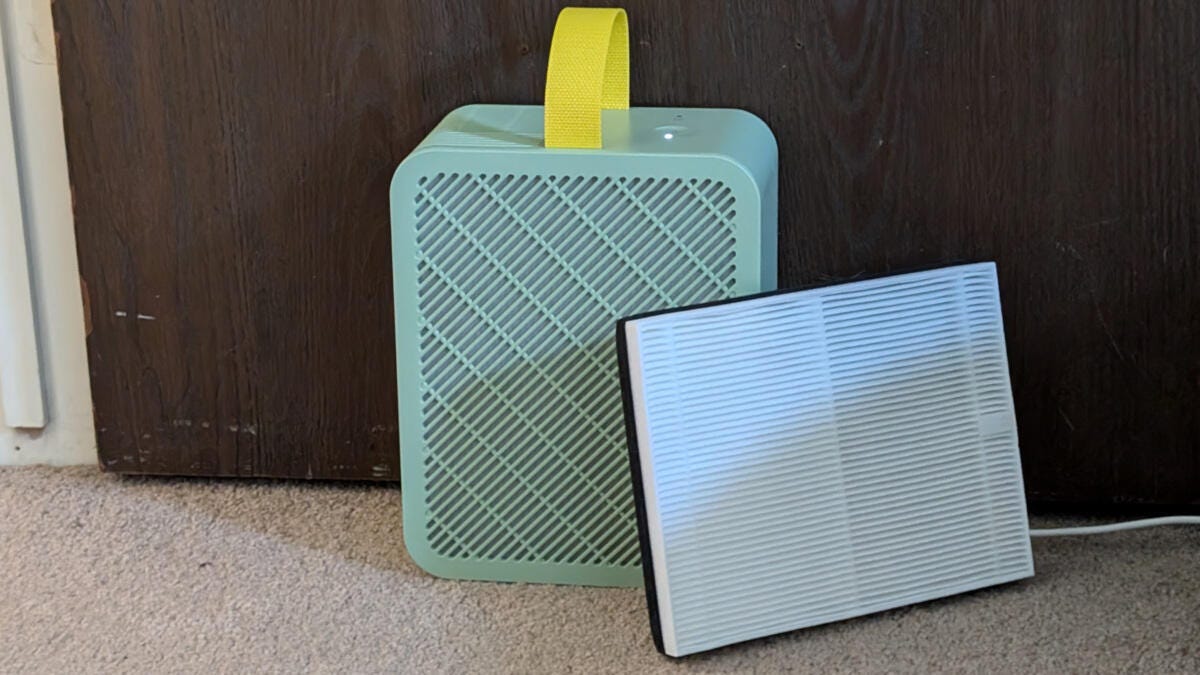
Sensory sensitivity is a common trait among neurodivergent individuals that can quickly turn a good day into a bad one. As an ADHDer, someone with attention deficit hyperactivity disorder, I can attest to the role of sensory input in my life. In my case, sensory processing is like a metal detector shifting between under- and over-stimulation at any moment.
It’s taken a lot of practice to spot my sensory sensitivities — and decades to find practical strategies for regulating them at home, work, school and everywhere in between. When I successfully manage my senses, I tend to sleep better, have fewer mood swings, be more productive and enjoy socializing.
There’s a fantastic resource on sensory differences from the U.K.-based National Autistic Society if you want some examples of how sensory sensitivity presents in individuals.
For this article, I want to explore some sensory-regulating tech that has helped me and other neurodivergent folks around me.
I should first clarify that sensory sensitivity hits every neurodivergent individual differently, so my suggestions may not be helpful to everyone.
To help keep things accessible for readers with Autism and ADHD, I’ll skip the creative headings so you can find your way around easier.
No-tech sensory regulation strategies

Spending time in nature is one of my favorite no-tech tactics for overcoming sensory overload.
Many no-tech strategies can ease sensory issues. This is particularly true for self-care like a balanced diet, exercise, meditation, stimming, personal hygiene and household chores. It’s best to work with a doctor or therapist to identify sensory triggers and address their impact.
It’s often beneficial to share your sensory stimuli with the people who regularly interact with you, like family members and coworkers. Some things are harder to accommodate, especially in a busy workplace, but finding reliable allies is vital.
Allies can help you communicate genuine concerns with others:
- Asking to sit in a quiet corner of the office temporarily or permanently.
- Requesting a partition to help with visual distractions.
- Finding alternatives to physical greetings like hugs and handshakes.
- Suggesting restaurants with consistent, sensory-safe options if you’re feeling unadventurous.
- Politely asking others to eat food in a designated kitchen or break room.
There are too many no-tech sensory regulation hacks to list here, but hopefully, these examples can give you some ideas.
Sound sensitivity
four-sound-machines-on-desk.jpg

White noise machines, like the LectroFan and Sleep Easy, have multiple sound options to help you find the perfect tone.
Sound is my biggest sensory trigger by a mile. When there’s not enough noise, I laser-focus on intermittent sounds around me, like the fridge, pipes, electrical circuits, air-conditioning and what other people are doing. On the opposite end of the spectrum, a baby’s piercing cry or overlapping conversations in a tightly-crowded room can be downright debilitating.
Auditory under-stimulation
Most of the time, I’m understimulated, which brings new meaning to the “it’s quiet, too quiet” movie trope. The fix is as easy as it comes: white noise. At the very least, I suggest running a fan in the background of the room you’re in, even if you’re not using it for cooling. A sound machine is an even better option.
My go-to sound machine is the LectroFan Evo, which comes with 22 non-looping sounds, including white, pink and brown noise alongside various fans and ocean noises. It runs off USB, making it super portable — although LectroFan sells a couple of battery-powered variants with fewer sound options. I mostly use the LectroFan Evo when I sleep, but it works well for ambient noise if needed.
Video, music and audiobooks can work for ambient sound as well. You may need to curate options that require minimal brainpower to avoid becoming distracted.
When I work, I often listen to instrumental soundtracks or white noise podcasts on Spotify — lyrics and writing don’t mix well for me. I occasionally revisit an Ambient Engine Noise video on YouTube that a colleague shared years ago.

Thin pillow speakers can help create ambient noise in bed.
My wife who is also an ADHDer listens to audiobooks to fall asleep. She tried earbuds for my sake, but they were uncomfortable. Eventually, she discovered pillow speakers, like these ultra-thin models, that connect with a Bluetooth receiver like the Anker Soundsync.
You can find wireless pillow speakers, they may be too thick to be comfortable, even under a pillow. Plus, pillow speakers tend to take a beating and cheap models remove some stress around wear and tear. Fortunately, a pillow speaker is unnecessary if you don’t share a room with anyone.
Auditory overstimulation

Noise-canceling headphones are potent weapons against overstimulation.
I have two tech recommendations for auditory overstimulation: smart plugs and noise-canceling headphones. With smart plugs, you can quickly turn off any device causing sensory issues. You can even set up an Alexa or Google routine to control groups of devices. A simple voice command can make a world of difference the moment you feel overwhelmed.
Noise-canceling headphones are a godsend for overstimulation. You don’t even need to be listening to anything. This is helpful when my ever-present white noise fails to cover up low-frequency bass outside my home.
Whether you get over-the-ear headphones like the Sony WH-1000XM5 depends on your preferences and comfort. Still, plenty of noise-canceling earbuds are available if that’s more your speed. I usually toss my Pixel Buds Pro in a pocket when I go out, especially when I know I’ll be in a crowded place.
You can opt for budget noise-canceling headphones if you don’t mind a decrease in effectiveness compared to pricier brands or skip active noise-canceling altogether in favor of hearing protectors with Bluetooth audio. My nephew with Autism adores his 3M WorkTunes, which provide ample noise reduction for less than $50 while he watches binaural beats videos.
Sight sensitivity

The decorations in my home office keep things visually interesting so I can better focus on repetitive tasks.
Aside from unpleasant car headlights, sight-related sensitivities can be trickier to identify. Ultimately, it boils down to how you perceive light and movement. Dull environments without much visual variety can sap your motivation, while too much light — or the wrong kinds of light — can prevent you from relaxing.
Visual understimulation
Many neurodivergent people rewatch the same TV shows, and I’m no exception. Even if I’m not actively watching the show, there’s a benefit in having the extra visual variety while I do chores, read or assemble a Lego set.
Comfort media like this makes context-switching easier since there’s a baseline stimulation to keep the mind active. Best of all, it works with any streaming service if the right show is available.
You can also experience visual understimulation in places with bland colors and subdued lighting, especially office buildings. Consider adding a few colorful decorations and extra light sources to your desk.
Visual overstimulation

A crowded grocery store can be visually overwhelming, but reducing audio stimuli with noise-canceling headphones can lessen the impact.
Light is a major contributor to visual overstimulation, but it’s not always about brightness. You should also consider the color and visibility of light sources. Interior lighting is generally easier to manage since you can craft an ambient lighting environment to meet your needs using smart lighting and strategic smart home routines.
For a low-tech option, consider keeping a hat or sunglasses handy to deal with excess light — indoors and outdoors. I’ve worn cowboy hats at my desk to deal with overhead fluorescent lighting.
Natural and exterior lights are harder to control making it difficult to stay on task or sleep well. Try putting up blackout curtains and smart blinds in your home or wearing a comfortable sleep mask.
Touch, taste and smell sensitivity

My primary fidget toy is a flexible silicone ring.
I spend a surprising amount of time regulating my other senses through fidgeting, sitting in odd positions that make my back hurt, adding way too much garlic salt to a meal or rushing to see if my cat successfully buried his daily gift in the litter box.
Only recently did I make the connection that these were coping mechanisms to deal with sensory problems.
Touch sensitivity

Stress balls, fidget spinners and weighted blankets are known to help with touch understimulation.
Our sense of touch plays a significant role in physical pain and pleasure. Without enough tactile stimulation, we start to feel anxious and isolated from the people around us. It’s just as easy to overload our sense of touch with unwelcome textures and physical discomfort.
Studies have shown that hugging and self-soothing can reduce stress in everyone. Still, it may be even more valuable to neurodivergent individuals dealing with social anxiety. Although a daily supply of touch from others is your best option, weighted blankets can help balance tactile understimulation.
Similarly, try using fidget toys if you have restless hands and legs during a meeting or while watching a movie. The simple, repetitive nature of fidget toys provides just the right amount of tactile stimulation so you can focus on active listening.
Texture is a source of tactile stimulation that varies among neurodivergent individuals. Smooth surfaces, lotions, breathable clothing and comfortable bed sheets are often suitable for soothing sensory overload, but some people may prefer heavier and rougher textures.
Taste sensitivity

Keeping track of conflicting spice combos can help you find sensory-safe recipes to try.
The sense of taste is one of the more manageable sensory inputs since it boils down to what you put in your mouth. If you’re like me, flavorful foods and chewing gum can help with understimulation. It is a good opportunity to try a new hot sauce or a food-grade silicone sensory chew.
If you struggle to drink enough water, you should think about why. Water filters and flavor enhancers can help adjust the flavor to your preferences. The texture also matters, so try using ice cubes or a soda maker to add variety.
Mouthfeel is an essential aspect of food to consider if you’re neurodivergent. Unexpected textures can quickly ruin a meal, so many of us like our food to feel consistent. Despite their flaws, processed foods are consistent enough for most sensory-safe meals. Fresh ingredients can work with some preparation, like steamed vegetables or using an immersion blender for a smoother sauce.
People sensitive to food items touching each other can find durable divided dinner and portion-control plates without decorations or graphics. We used to have melamine cafeteria trays from a thrift store, although admittedly more for an ADHD impulse than food separation.
Smell sensitivity

Air purifiers are some of the best tools for fighting indoor odors.
Smells from food, trash, perfume, body odor and household chemicals are the worst offenders in this category. Unfortunately, you’re limited to two options for dealing with overpowering smells: removing or covering them up.
Opening the windows for fresh air can quickly remove smells if the outside air is clean enough, but this isn’t always an option during colder months. If you live near an industrial area or busy road since, you’re trading one odor for another. Investing in an air purifier with an activated charcoal filter can help remove smells without opening the windows.
Air purifiers are great for odor control, but they take time to achieve results. If you can handle pleasant smells, an air freshener or essential oil diffuser is a reliable way to curb odors. Cat owners might enjoy how a Whisker Litter-Robot 4 reduces how often you need to clean the litter box, even if you still need to empty the stinky waste bin.
With any luck, you’ve found a few strategies to help manage your senses and prevent sensory overload.
The information contained in this article is for educational and informational purposes only and is not intended as health or medical advice. Always consult a physician or other qualified health provider regarding any questions you may have about a medical condition or health objectives.




